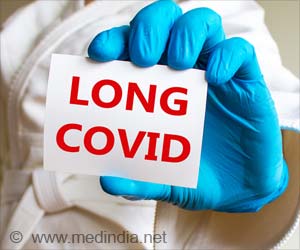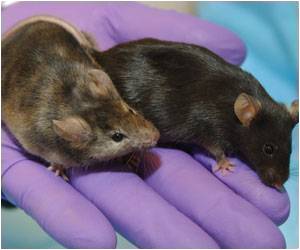Importance of the nasal cavity in determining the COVID-19 physiology is highly recognized in a new study as they find that loss of smell could be an early indicator in identifying COVID-19.

‘Sudden loss of one's sense of smell, also known as anosmia without nasal obstruction, is a highly specific indicator of COVID-19.
’
Read More..




"COVID-19 is not associated with the symptoms that are typically associated with a viral cold such as nasal blockage or mucus production," says Sedaghat. "This distinction is also why it is fairly easy to distinguish COVID-19 from seasonal allergies.Read More..
"COVID-19 is associated with a fairly unique combination of nasal symptoms: a sudden loss of one’s sense of smell, also known as ’anosmia,’ without nasal obstruction," said Sedaghat. "The occurrence of sudden onset anosmia without nasal obstruction is highly predictive of COVID-19 and should trigger the individual to immediately self-quarantine with presumptive COVID-19."
Most individuals are experiencing COVID-19 report symptoms two to 14 days after exposure, such as fever, cough, and shortness of breath. Medical assistance is needed if individuals have trouble breathing, persistent pressure or pain in the chest or confusion or inability to rouse, according to the Centers for Disease Control and Prevention. For most, recovery comes without assistance.
Sedaghat’s conclusions are available online in the scholarly journal Laryngoscope Investigative Otolaryngology, where he explains that anosmia without nasal obstruction is "a highly specific indicator of COVID-19."
His findings are based on his review of 19 studies that describe the sinus and nasal disorders reported in relation to the current coronavirus plaguing the nation. Sedaghat’s published paper also references a recent study led by Paris physicians Dominique Salmon and Alain Corré, which shows that out of a group of 55 patients presenting with anosmia without nasal obstruction 94% were found to test positive for COVID-19 by nasal swabbing and polymerase chain reaction tests.
Advertisement
Loss of smell can occur during anytime an individual is infected with COVID-19, but when this occurs as an initial symptom it is particularly instructive, says Sedaghat.
Advertisement
Sedaghat says the nasal cavity is likely the major site of entry and infection by COVID-19 since at least 90% of inhaled air enters the body through the nose. "Nasal virus production is at very high levels and tends to occur early in the disease process while patients are still asymptomatic or having very mild symptoms," he says.
Source-Eurekalert















